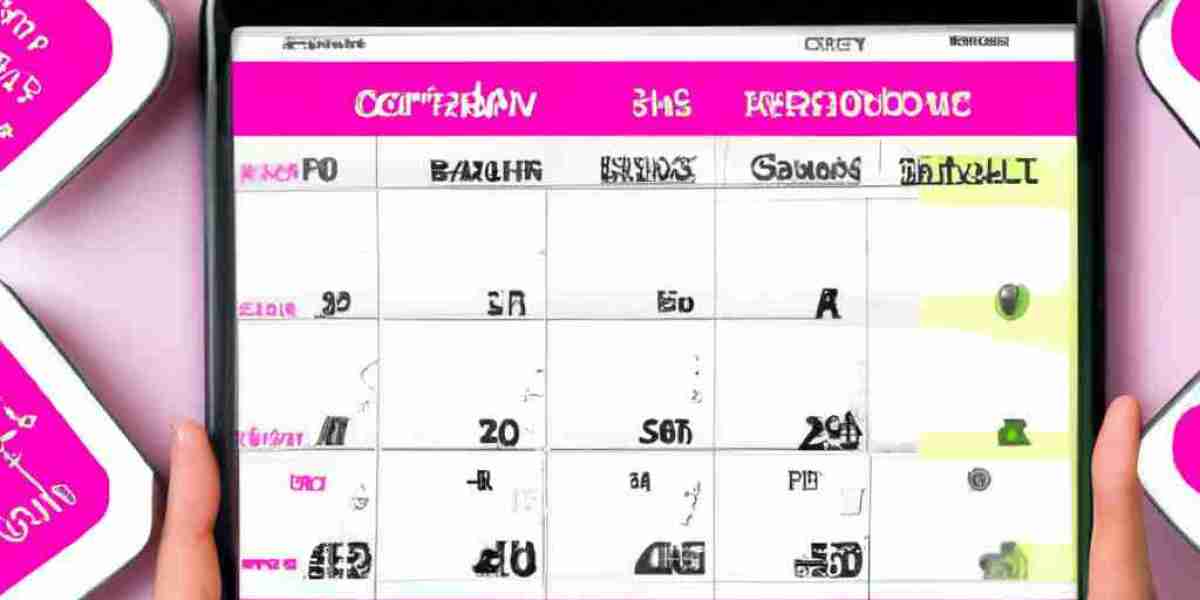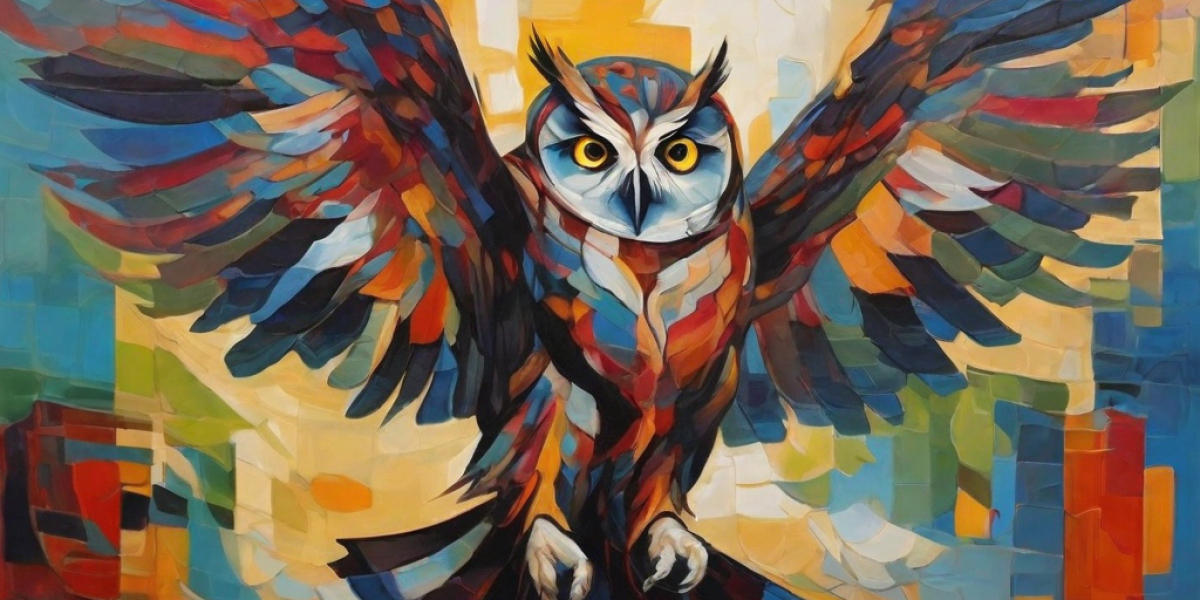Explore the latest web3.0 trends

Web3.0, also known as the Semantic Web, is the next iteration of the internet that promises to bring forth a more intelligent, interconnected, and secure online ecosystem. With the advancement in technologies like blockchain, artificial intelligence, and machine learning, web3.0 is set to revolutionize various industries and enhance user experiences. Let's explore some of the latest trends in the web3.0 landscape:
1. Decentralized Applications (dApps)
dApps are applications that run on a decentralized network, typically utilizing blockchain technology. These applications aim to eliminate central points of failure and enhance user control and privacy. With the popularity of blockchain platforms like Ethereum, dApps have witnessed significant growth. They offer functionalities across various domains such as finance, supply chain, gaming, and social media.
2. Interoperability and Cross-Chain Solutions
As the number of blockchain platforms continues to grow, achieving interoperability between different chains has become crucial. Several projects are actively working on cross-chain solutions to enable seamless communication and transfer of assets between different blockchains. This trend promotes collaboration and breaks down barriers between disparate blockchain networks.
3. Web3 Wallets and Identity Management
Web3 wallets, also known as decentralized wallets, allow users to securely store their digital assets and interact with dApps. These wallets provide users with full control over their funds and digital identities, eliminating the need for intermediaries. They offer features like multi-chain support, secure key management, and integration with various dApps.
4. NFTs and Digital Collectibles
Non-Fungible Tokens (NFTs) have gained immense popularity in recent years. NFTs enable the ownership and trading of unique digital assets, including artwork, collectibles, music, and more. Web3.0 has facilitated the rise of NFT marketplaces, providing artists and creators with new avenues to showcase and monetize their creations.
5. AI and Machine Learning in Web3.0
The integration of artificial intelligence and machine learning technologies with web3.0 is unlocking new possibilities. AI-powered algorithms can analyze vast amounts of data generated on the decentralized web, offering personalized experiences, predictive analytics, and efficient decision-making. Machine learning models can also aid in detecting fraudulent activities and improving security measures.
6. Privacy and Data Ownership
Web3.0 focuses on empowering users to have full control over their data. Privacy-enhancing technologies like zero-knowledge proofs and decentralized identity solutions play a significant role in ensuring data privacy and ownership. Users can choose what data to share, with whom, and under what conditions, giving rise to more transparent data ecosystems.
Conclusion
Web3.0 is rapidly transforming the digital landscape, offering innovative solutions to long-standing problems and unlocking new opportunities. The trends mentioned above represent just a fraction of the exciting developments happening in the web3.0 space. As more industries and businesses embrace web3.0 technologies, we can expect a future that is more decentralized, secure, and user-centric.
Stay tuned as we continue to explore the ever-evolving world of web3.0 and its fascinating trends.







